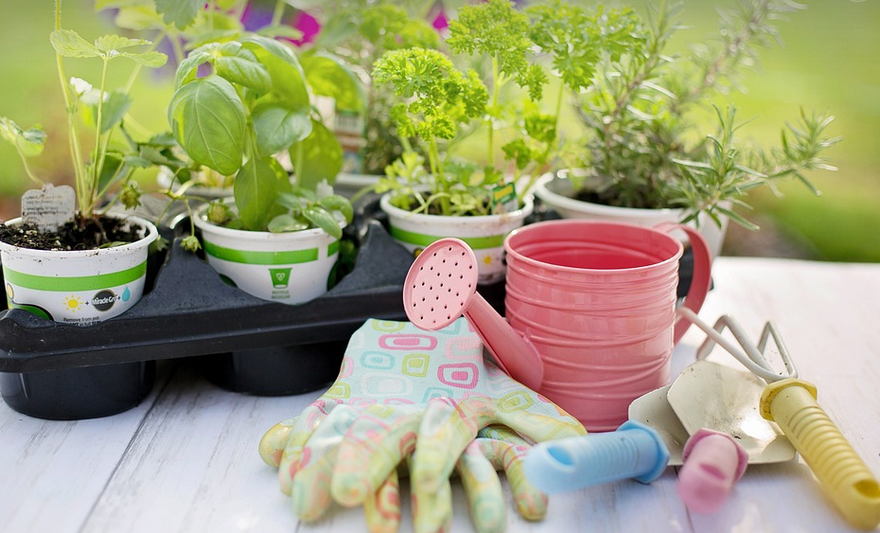Why Your Concrete Needs a Waterproof Makeover
Concrete, a ubiquitous building material in our modern world, often faces the harsh reality of wear and tear. But with its timeless appeal and ability to withstand the test of time, concrete continues to be a popular choice for both residential and commercial projects. However, despite its durability, concrete can suffer from moisture damage, which can quickly lead to structural issues, unsightly cracks, and even costly repairs later down the line.
Imagine a bustling bakery where the foundations are made of concrete but then face years of dampness from leaky pipes, humidity, or just plain old rain. That’s where the need for water-resistant paint comes in. It provides a crucial barrier against unwanted moisture, helping to prolong the life of your concrete surfaces and keep your projects looking their best for years to come.
Understanding Water Resistance: What Makes It Tick
Water resistant paint for concrete isn’t just about throwing on any old paint and calling it a day. There are specific components that make it effective, ensuring the paint truly stands up against the elements.
First, there’s the **water-based formula**— this offers a gentler approach compared to traditional oil-based paints. Water-based formulas often contain special additives like polymers and resins that form a durable, water-resistant barrier on your concrete surfaces.
Secondly, consider the **texture of the paint**. Some water-resistant paints offer specific textures for enhanced protection. High-gloss finishes reflect moisture and prevent stains, while matte finishes offer extra grip to dirt and grime. Choosing the right texture depends on the aesthetic and practical needs of your concrete surface.
Thirdly, **color plays a crucial role**. While a darker color might initially seem appealing due to its visual impact, lighter shades are often recommended for water-resistant paint. Lighter colors reflect sunlight, helping to reduce heat absorption and prevent warping that can lead to moisture damage. Remember, your concrete won’t be glowing like a beacon under the summer sun!
Finally, **the quality of the paint matters**. Don’t just settle for any old product you find at the hardware store. Invest in reputable brands known for their long-lasting formulas and excellent water resistance. Research different manufacturers, read reviews from other users, and prioritize durability over fleeting savings.
Embracing the Benefits: Why Water Resistant Paint Is a Game Changer
The benefits of using water-resistant paint extend far beyond just protecting your concrete surfaces. They are an investment that pays dividends in numerous ways:
**Protecting Your Investment:** Water damage can be costly to repair, and it’s not as easy to fix as a cracked window. Water-resistant paint acts as a shield against moisture intrusion, preventing potential issues like mold growth, staining, efflorescence (white powder that appears on concrete), and even structural deterioration. This ensures your concrete surfaces stay clean and intact for longer.
**Extending the Life of Your Concrete:** Concrete is naturally susceptible to weathering and damage over time; but water-resistant paint acts as a protective barrier against harsh weather conditions, preventing moisture from penetrating the surface and compromising its longevity. It helps maintain the integrity of your concrete surfaces for years to come.
**Aesthetics & Curb Appeal:** A properly painted concrete surface can have a dramatic impact on the overall aesthetics of any project. Water-resistant paint allows you to choose colors that complement your surroundings, creating a striking and visually appealing finish. It also helps prevent stains and discoloration from weathering and harsh elements; keeping your surfaces looking pristine.
**Ease of Maintenance:** Water-resistant paint often has added benefits like slip resistance, making it easier to clean and maintain your concrete surfaces. Simply sweeping away dirt and grime will be more than enough for a fresh, water-resistant finish.
Choosing the Right Paint: Tips & Tricks from the Experts
Choosing the right water-resistant paint can seem overwhelming with so many options available. But fear no more! Here’s your guide to making the best choice:
**1. Understanding Your Concrete Surface**: Is it a plain, flat surface? Or maybe a textured or patterned concrete that requires specialized techniques? Different types of paint are better suited for different applications.
**2. Check the Manufacturer’s Instructions:** Every paint brand has specific instructions and recommendations regarding application methods, drying times, and safety precautions. Always follow these guidelines to avoid any potential issues or mishaps.
**3. Consider the Local Climate**: Your concrete will face different challenges depending on the weather conditions in your area. If you live in a place with extreme heat or humidity, consider choosing a paint formulated specifically for those climates.
**4. Experiment with Samples:** Before committing to a large quantity, test out different paints on a small sample of your concrete surface. This allows you to see how the paint absorbs sunlight and reacts to moisture before making a bigger investment.
Water-resistant Paint For Concrete: The Future is Now!
The future of construction relies heavily on innovation, and water-resistant paint for concrete is no exception. As our understanding of materials advances, we see exciting developments in this area.
** Smart Sensors:** Imagine a time when your concrete surfaces can actually “talk” to you! Advanced sensors embedded in the paint could detect moisture intrusion and alert you about potential issues before they escalate into major problems.
**Self-Healing Concrete:** This is the ultimate dream – imagine a future where cracks are self-healing thanks to specialized paints that incorporate biocompatible materials. No need for those messy repairs!
**Sustainable Solutions:** As we strive towards eco-friendly practices, water-resistant paint will play an even bigger role in sustainable building. Look out for paints with low VOC content or recycled components, and contribute to a greener future.
